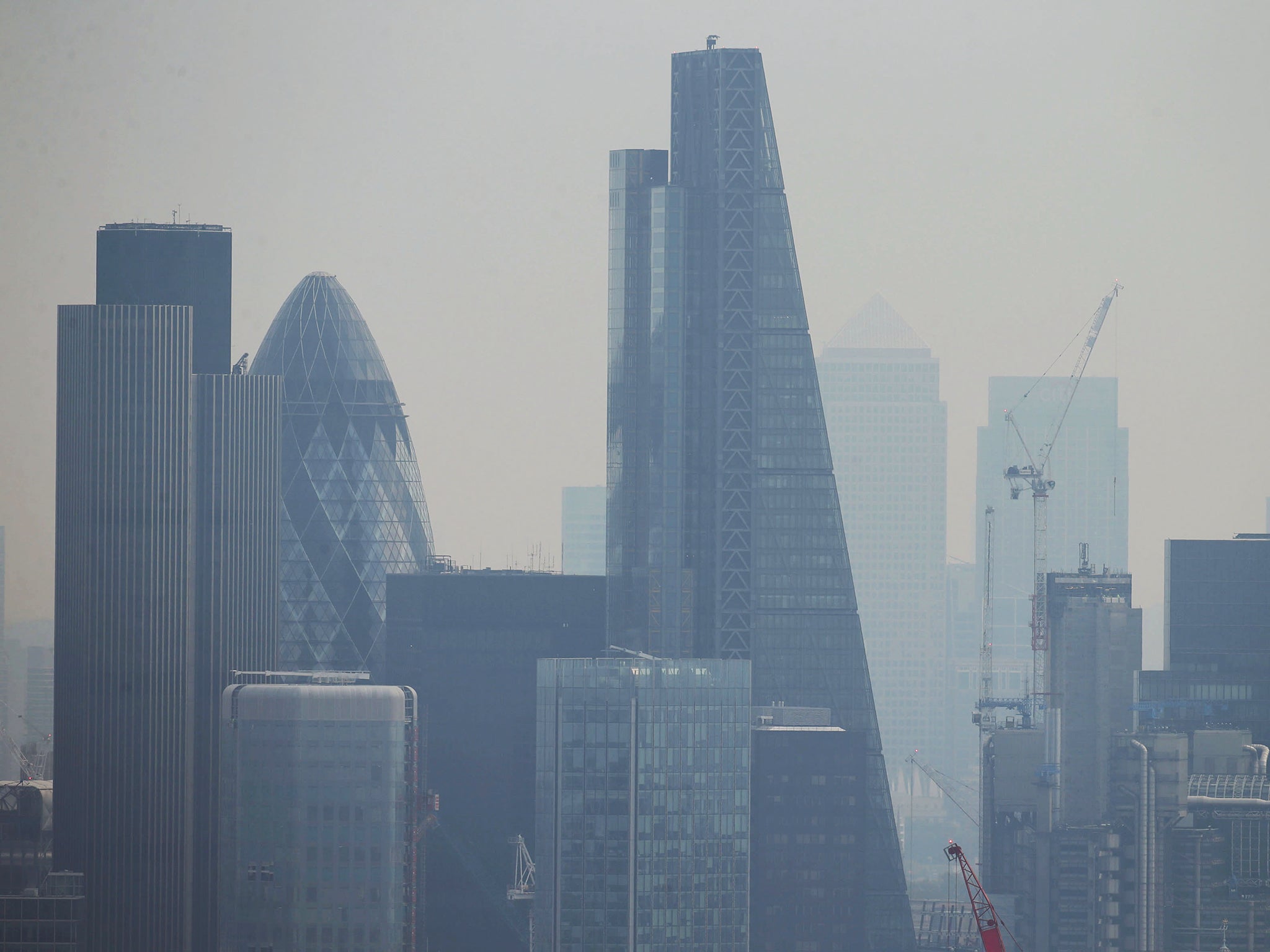UK current account deficit considerably revised up to 5.9% of GDP in 2016
Mark Carney has described the large gap between the country’s spending and income as a reflection of the UK’s reliance on the ‘kindness of strangers’ abroad

Official estimates of the UK’s current account deficit – the gap between the entire country’s spending and income – have been considerably increased by statisticians.
The UK’s current account deficit is now judged by the ONS to be 5.9 per cent of GDP, up from its previous estimate of 4.4 per cent – and the highest on record.
This reflects changes in ONS estimates of flows of cross-border investment income, rather than trade transactions.
The ONS also reported that the current account deficit for the second quarter of 2017 widened to £23.1bn, equal to around 4.6 per cent of GDP over the period.
A country’s current account deficit has to be matched by capital inflows. The Bank of England Governor, Mark Carney, has described the UK’s large current account deficit as a reflection of the degree to which the UK relies on the “kindness of strangers” abroad.
There were hopes that the plunge in sterling in the wake of the 2016 Brexit vote would rein in the UK’s current account deficit, by boosting exports and automatically reducing the value of overseas interest and dividend payments, but these hopes have yet to be realised.
[The] current account deficit hasn’t narrowed much, despite sterling’s huge depreciation,” said Samuel Tombs of Pantheon.
He added that sterling was “vulnerable to depreciate again if overseas investors lose confidence in the UK’s economic outlook”.
Current account worse...
However, there was better news on the household saving ratio: the gap between all households’ spending and income.
The ONS previously estimated that this had fallen to a record low of just 1.7 per cent in the first quarter of 2017, which was seen a sign of households supporting their consumption by saving less or borrowing.
But the agency now estimates that the saving ratio actually rose to 5.4 per cent in the quarter.
....savings ratio better...
This large revision reflects major methodological reforms by the ONS, with statisticians now attributing considerably more dividends paid by owner-occupied firms to households’ income.
Separately, the ONS estimated that GDP growth in the first quarter of 2017 was slightly higher, coming in at 0.3 per cent rather than 0.2 per cent.
However, the strong growth of 0.7 per cent in the final quarter of 2016 was revised down to 0.6 per cent. The 0.5 per cent growth of the third quarter of 2016 was also downgraded to 0.4 per cent.
...but growth downgraded
The estimate of 0.3 per cent of UK GDP growth for the second quarter of 2017 was unchanged at 0.3 per cent – the lowest in the G7 – meaning that the broad picture of a post-Brexit vote slowdown remains.
Subscribe to Independent Premium to bookmark this article
Want to bookmark your favourite articles and stories to read or reference later? Start your Independent Premium subscription today.

Join our commenting forum
Join thought-provoking conversations, follow other Independent readers and see their replies